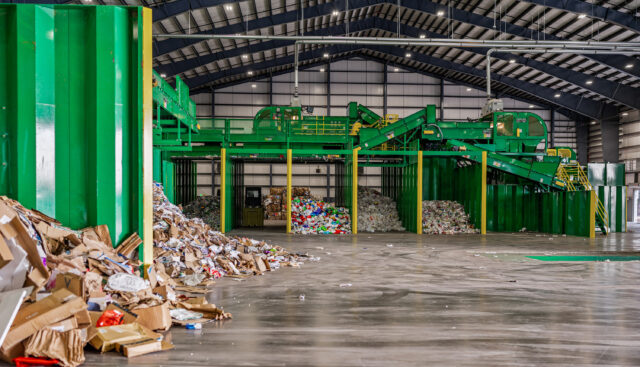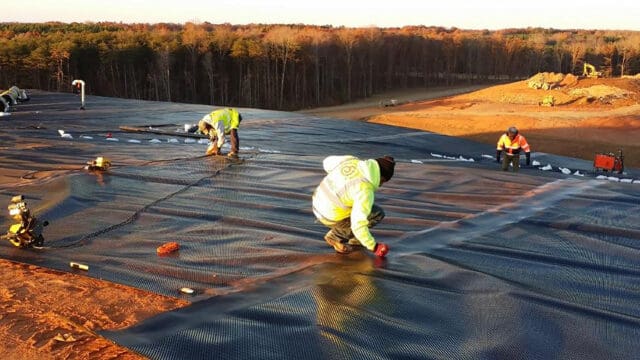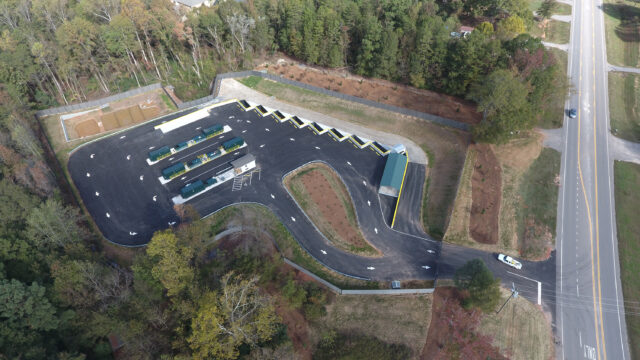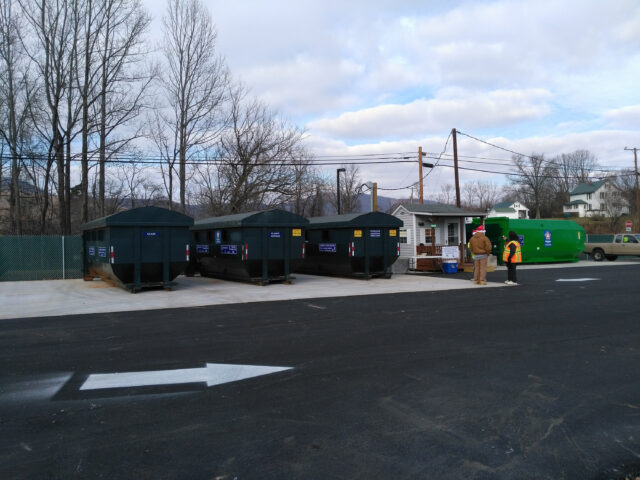

Former Emerson Street Landfill – Remedial Investigation, Soil Vapor Intrusion Evaluation, and Final Remedy
More Than a Decade of Environmental Investigation and Remediation Work to Cleanup a Local Landfill
The City of Rochester operated the Former Emerson Street Landfill (FESL) from the 1940s until 1971 to dispose of ash derived from the incineration of municipal solid waste. During the final years of the landfill, the incinerators were not working properly, and direct burial of waste occurred in the northwest quadrant of the FESL. Since the landfill’s closure in 1971, a majority of the FESL has been developed by private property owners for various commercial and industrial uses. Portions of the FESL have remained vacant and listed on the NYSDEC Inactive Hazardous Waste Disposal Site Registry due to the presence of a chlorinated solvent plume. Previous environmental investigations have been completed at the FESL since the 1980s.
LaBella has been involved with the project since 2010 to complete a remedial investigation and a solar vapor intrusion evaluation, as well as to implement the final remedy. From 2012-2018, we completed a remedial investigation to characterize the nature and extent of contamination in the soil, groundwater, and bedrock. A plume of chlorinated volatile organic compounds (VOCs) was characterized at the 1700 Emerson Street parcel. Simultaneously, we completed a soil vapor intrusion investigation at buildings on the FESL and mitigated the indoor air contamination where necessary by installing a sub-slab depressurization system.
Following these investigations, a feasibility study and pilot test were completed to evaluate potential remedial options for the chlorinated VOC plume. In 2020, a remedial design consisting of a permeable reactive barrier (PRB), soil cover system, and engineering and institutional controls was developed by LaBella to address the chlorinated VOC plume. The final remedy was implemented by LaBella beginning in 2021 and remains ongoing. A PRB approximately 400 feet by 5 feet in size was installed in bedrock using zero-valent iron (ZVI). The PRB was installed perpendicular to groundwater flow to treat contaminated groundwater as it migrates downgradient from the source area.
The PBR was created by blasting the top 17 feet of bedrock, which was beneath more than 25 feet of landfill material. Following the blasting, a total of 436,000 pounds of ZVI was pumped into bedrock injection wells at two depth intervals to treat the shallow fractured bedrock as well as deeper bedrock. Groundwater will be sampled periodically to monitor the effectiveness of the PRB. The final aspect of the remedy – the soil cover system – will be installed in 2022.
After more than a decade of investigations and remediation, LaBella is excited to enter the final phase of work for this site. Our team has worked closely with City personnel to move this project forward through numerous challenges, while keeping the health and safety of the surrounding community in focus. Once the final cover system is in place, redevelopment of the remaining parcel can safely take place.











